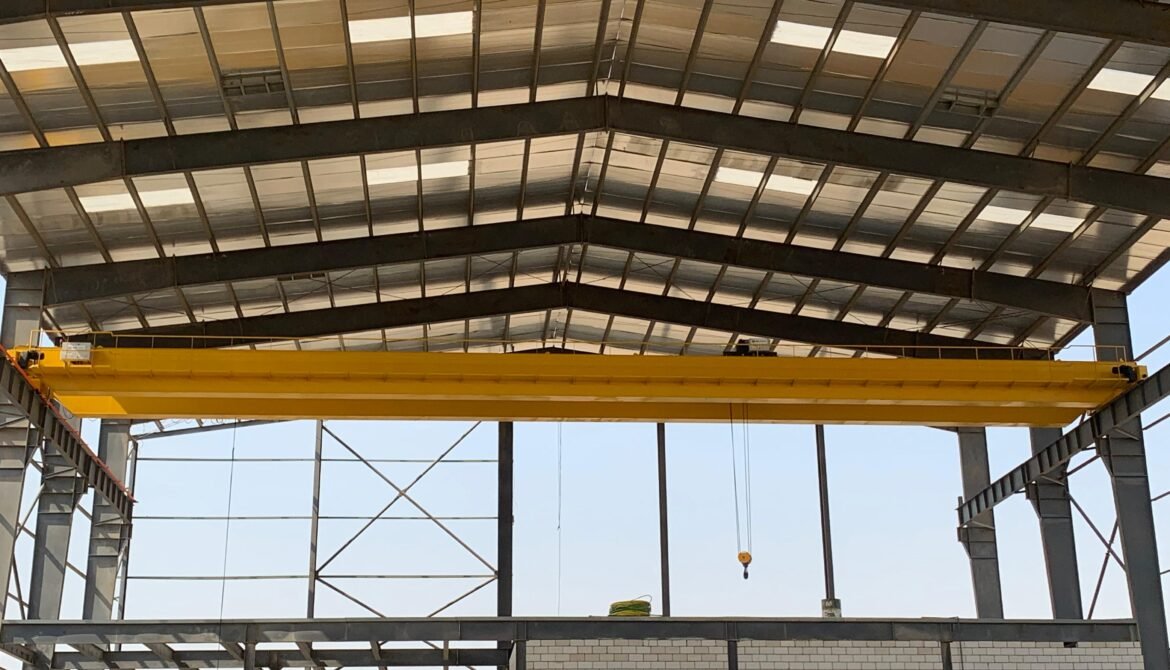Introduction:
Selecting the appropriate crane for your construction project is a crucial decision that can significantly impact the efficiency, safety, and overall success of the job. With a wide variety of cranes available, each designed for specific applications and capacities, making an informed choice is essential. This article aims to guide you through the key factors to consider when choosing the right crane for your project.
- Project Requirements:
Understanding the specific requirements of your project is the first step in selecting the right crane. Consider factors such as:
a. Load Capacity: Determine the maximum weight the crane will need to lift regularly. Select a crane with a capacity that exceeds your project’s maximum load requirement to ensure safety and optimal performance.
b. Reach and Height: Evaluate the height and reach needed for lifting and placing materials. Different cranes are designed for varying heights and outreach, so choose one that aligns with your project’s spatial requirements.
c. Job Site Conditions: Assess the terrain, space limitations, and environmental conditions of your job site. Different cranes are suitable for different terrains, and weather conditions can affect crane performance.
- Crane Types:
There are various types of cranes available, each designed for specific applications. Some common types include:
a. Mobile Cranes: Versatile and suitable for various projects, mobile cranes can be easily transported to different locations. Options include all-terrain, rough-terrain, and truck-mounted cranes.
b. Tower Cranes: Ideal for tall construction projects, tower cranes offer high lifting capacities and long reach. They are often used in the construction of skyscrapers and large structures.
c. Crawler Cranes: Equipped with tracks for stability, crawler cranes are suitable for heavy lifting on challenging terrains. They are commonly used in construction and infrastructure projects.
d. Telescopic Cranes: Featuring an extendable boom, telescopic cranes are flexible and well-suited for projects requiring variable reach.
- Safety Considerations:
Prioritize safety when choosing a crane for your project. Consider features such as load indicators, anti-collision systems, and stability control. Ensure that the crane operator is trained and certified, and adhere to all safety regulations and guidelines.
- Budget:
Evaluate your project budget and consider both the upfront costs and ongoing operational expenses. Factor in maintenance, transportation, and insurance costs when determining the overall budget for crane selection.
- Regulatory Compliance:
Ensure that the selected crane complies with local and national regulations, standards, and codes. Obtain any necessary permits and certifications required for crane operation on your project site.
Conclusion:
Choosing the right crane for your project involves a careful assessment of project requirements, crane types, safety considerations, budget constraints, and regulatory compliance. By considering these factors, you can make an informed decision that enhances the efficiency and safety of your construction project. Always consult with crane experts and suppliers to ensure that the selected crane aligns with the specific needs of your project.




